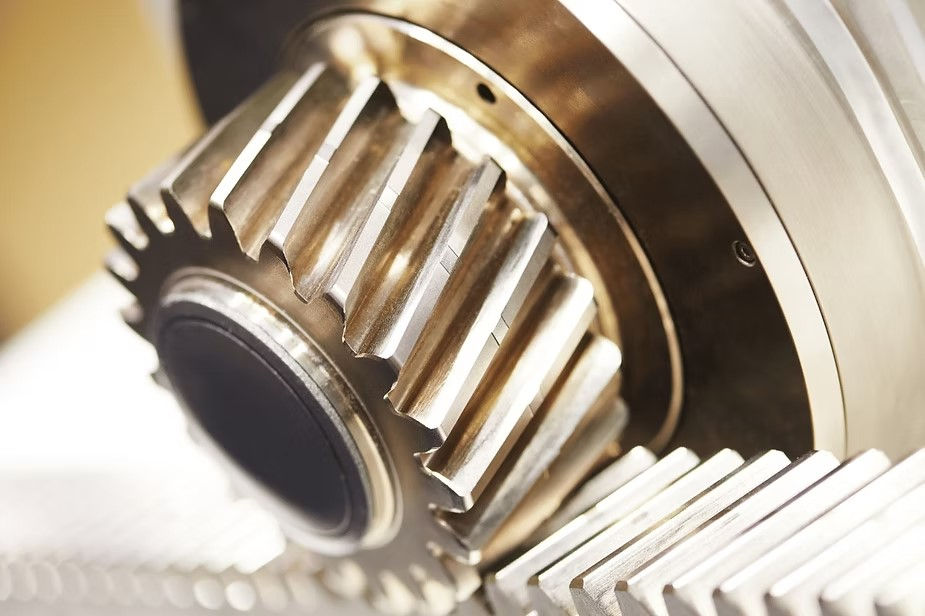How to Reduce Machining Costs without Compromising Quality
- magsonssakhib
- Apr 22, 2023
- 2 min read
Updated: Oct 28, 2024
Machining is an essential part of the manufacturing process, but it can be costly. The challenge for manufacturers is to reduce machining costs without compromising quality. In this comprehensive guide, we will explore different ways to reduce machining costs without compromising the quality of the final product.
1. Use the Right Tools
Using the right tools is crucial to reducing machining costs. The right tools can increase the machining process's efficiency and reduce tool wear, leading to cost savings. It is important to choose the right tool for the job and ensure that it is used correctly.
2. Optimize Cutting Parameters
Optimizing cutting parameters such as cutting speed, feed rate, and depth of cut can significantly reduce machining costs. Adjusting these parameters can lead to faster machining times and reduce tool wear, resulting in lower costs.
3. Implement Lean Manufacturing Practices
Lean manufacturing practices can help reduce machining costs by eliminating waste in the manufacturing process. By identifying and eliminating waste, manufacturers can reduce costs and improve efficiency. Examples of waste in the machining process include overproduction, waiting, excess inventory, overprocessing, defects, and unnecessary motion.
4. Automate Machining Processes
Automation can help reduce machining costs by increasing efficiency and reducing labor costs. Automated machining processes can run 24/7, leading to faster turnaround times and lower costs. Additionally, automation can reduce the risk of human error, resulting in higher quality products.
5. Use High-Quality Materials
Using high-quality materials can help reduce machining costs by reducing the risk of tool wear and the need for frequent tool changes. High-quality materials also result in higher-quality products, reducing the risk of defects and rework.
6. Reduce Material Waste
Reducing material waste can significantly reduce machining costs. One way to reduce material waste is to optimize the cutting process to reduce the amount of material wasted. Additionally, manufacturers can use scrap materials for other purposes, such as recycling or creating new products.
7. Improve Machining Process Efficiency
Improving machining process efficiency can lead to significant cost savings. Simple steps, such as improving the organization of tools and materials, can reduce the time spent searching for the right tool or material. Additionally, optimizing the layout of the machining area can improve efficiency and reduce the time spent moving materials and tools around.
8. Implement Predictive Maintenance
Implementing predictive maintenance can help reduce machining costs by reducing the risk of unexpected downtime. Predictive maintenance involves monitoring equipment and identifying potential problems before they occur, allowing for proactive repairs and maintenance.
9. Reduce Energy Consumption
Reducing energy consumption can help reduce machining costs by reducing energy bills. Simple steps, such as turning off machines when not in use, can significantly reduce energy consumption and costs.
Conclusion
Reducing machining costs without compromising quality is a challenge that many manufacturers face. However, by implementing the tips discussed in this guide, manufacturers can reduce costs and improve efficiency without sacrificing quality. By using the right tools, optimizing cutting parameters, implementing lean manufacturing practices, automating machining processes, using high-quality materials, reducing material waste, improving machining process efficiency, implementing predictive maintenance, and reducing energy consumption, manufacturers can achieve significant cost savings while maintaining the quality of the final product.







Comments